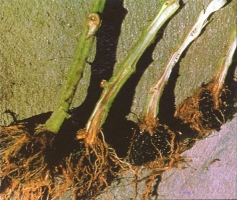Fertilizer Requirement (kg/acre)
| UREA |
SSP |
MOP |
| 80 |
As per soil test results |
20 |
Nutrient Requirement (kg/acre)
| NITROGEN |
PHOSPHORUS |
POTASH |
| 36 |
As per soil test results |
12 |
Apply well decomposed cow dung@60-80qtl/acre as basal dose. Apply Nitrogen@36kg/acre(urea@80 kg/acre), Potash@12kg/acre (MoP@20kg/acre) before seed sowing.
To obtain good yield, 10-15days after sowing take spray of 19:19:19 along with micro-nutrients@2.5 to 3gm/Ltr of water. Repeat the spray of 19:19:19@4-5gm/Ltr of water 10-15days after first spray. To obtain good flowering and fruiting, take spray of 00:52:34@50gm/10Ltr water at before onset of flowering followed by another during fruit formation stage. To increase yield and to obtain good quality, At fruit development stage spray with 13:00:45 (Potassium Nitrate)@100gm/10Ltr of water.

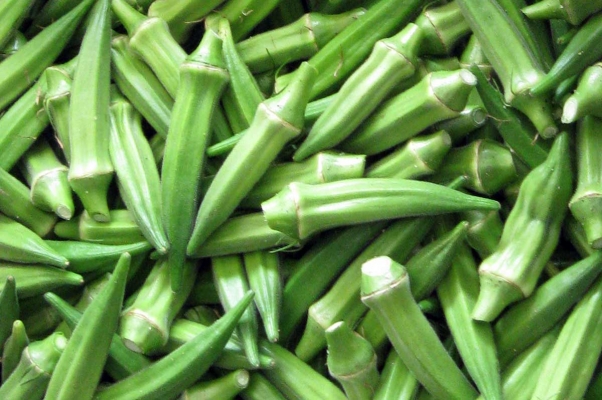








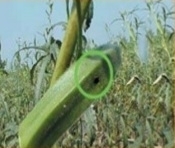
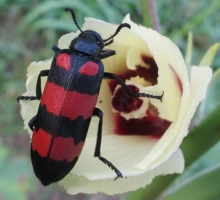
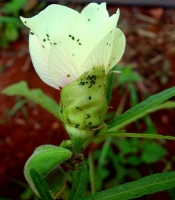
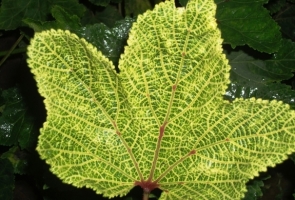
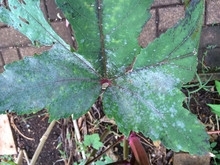
.jpg)
